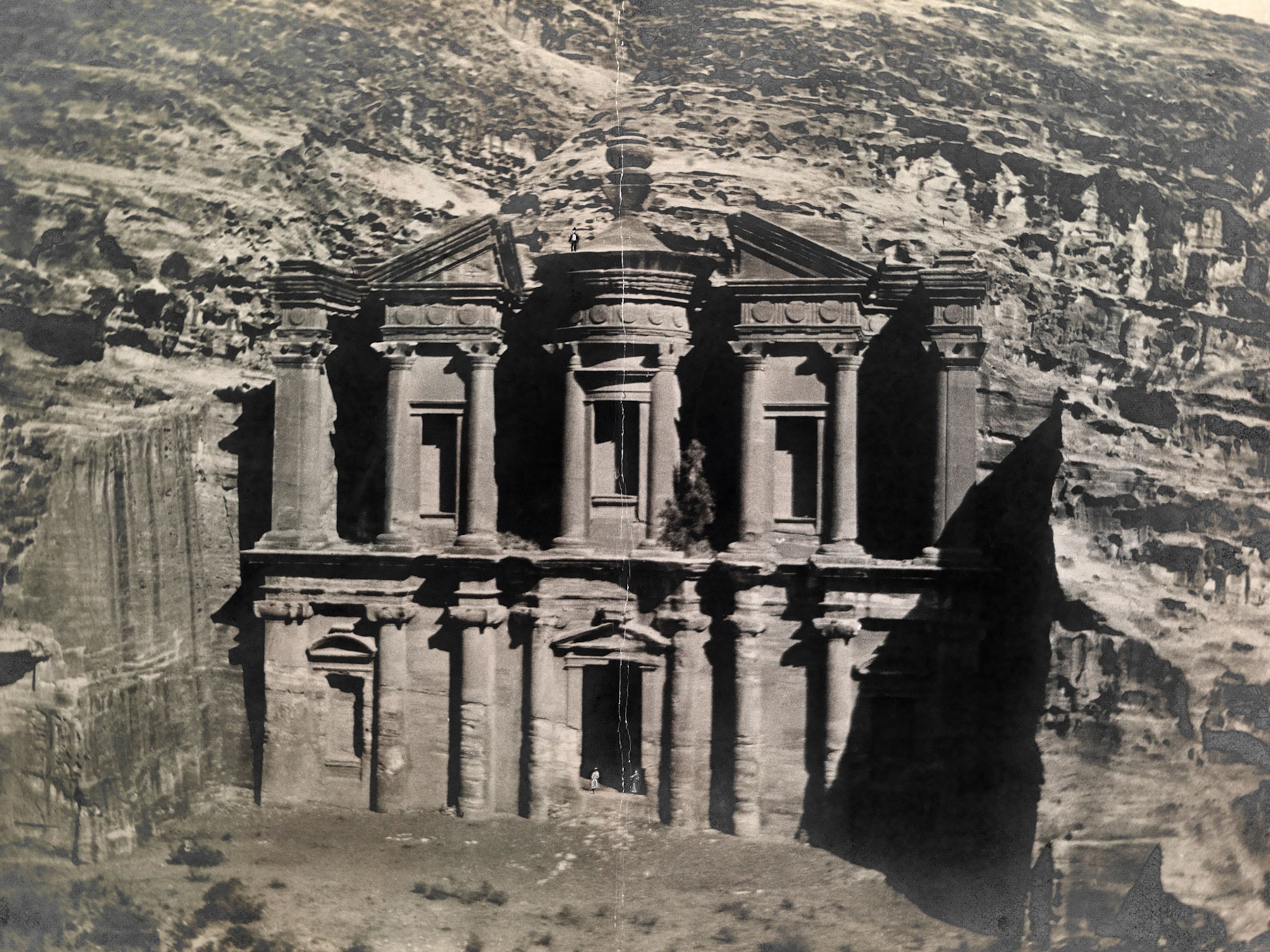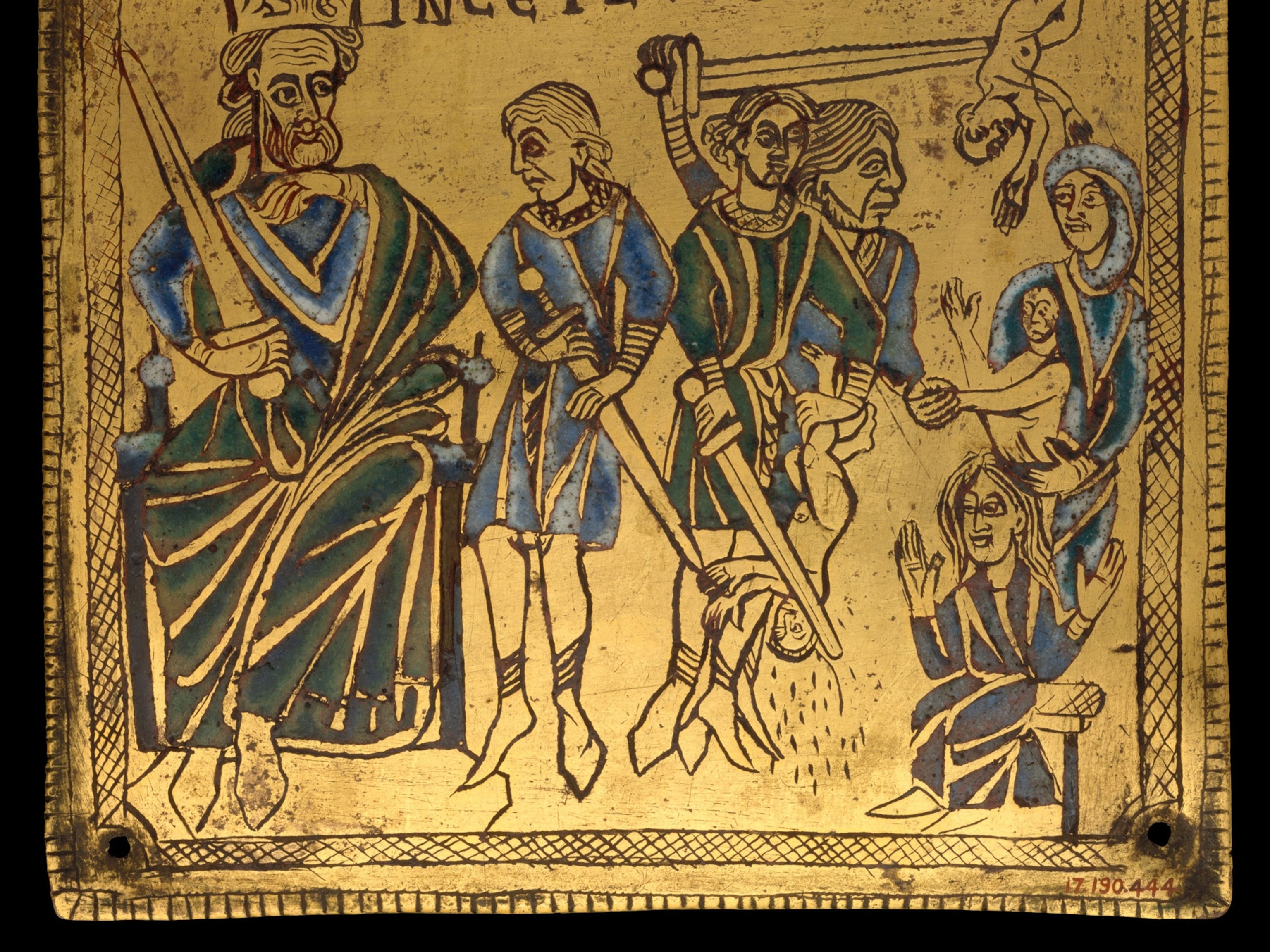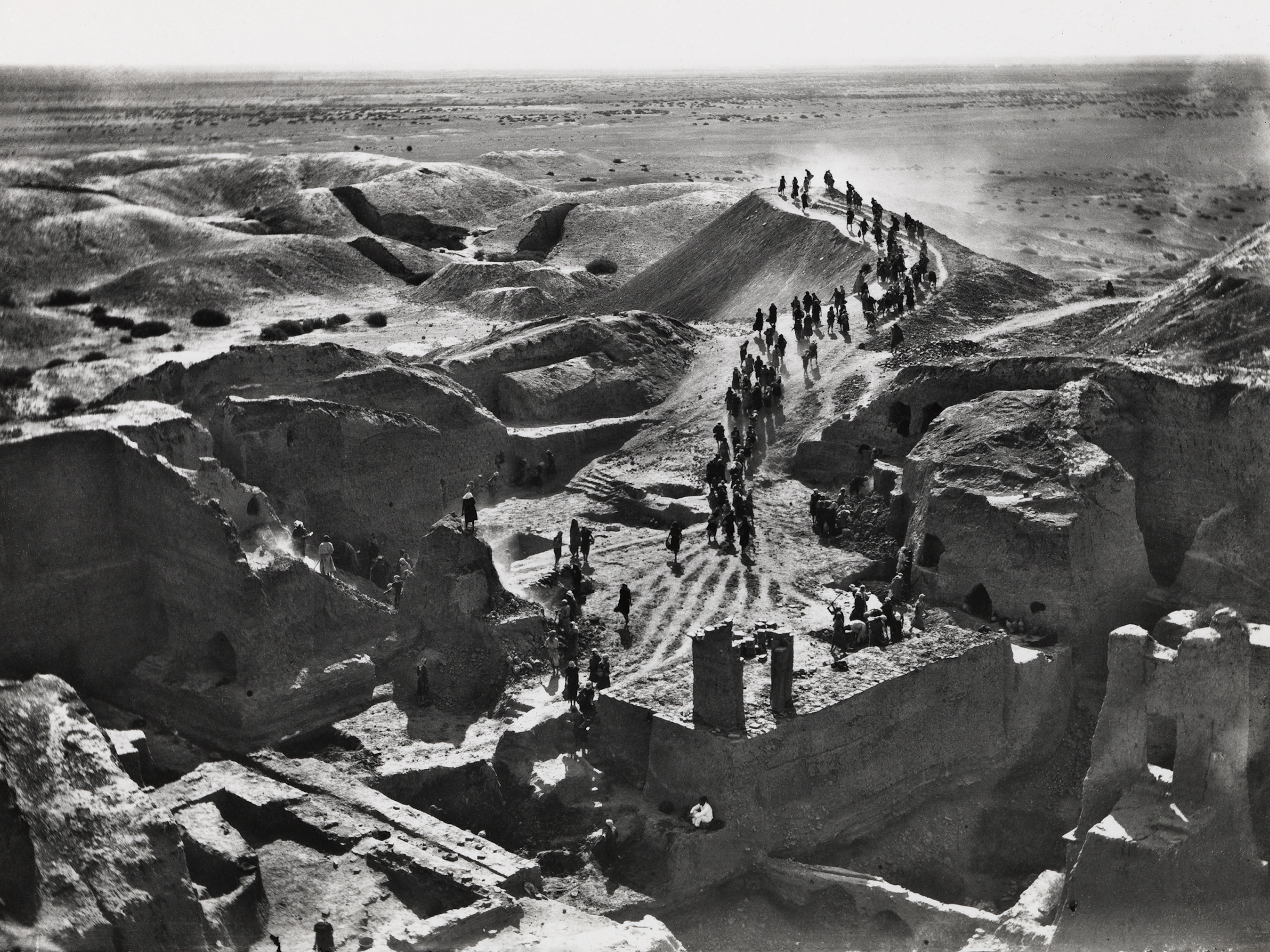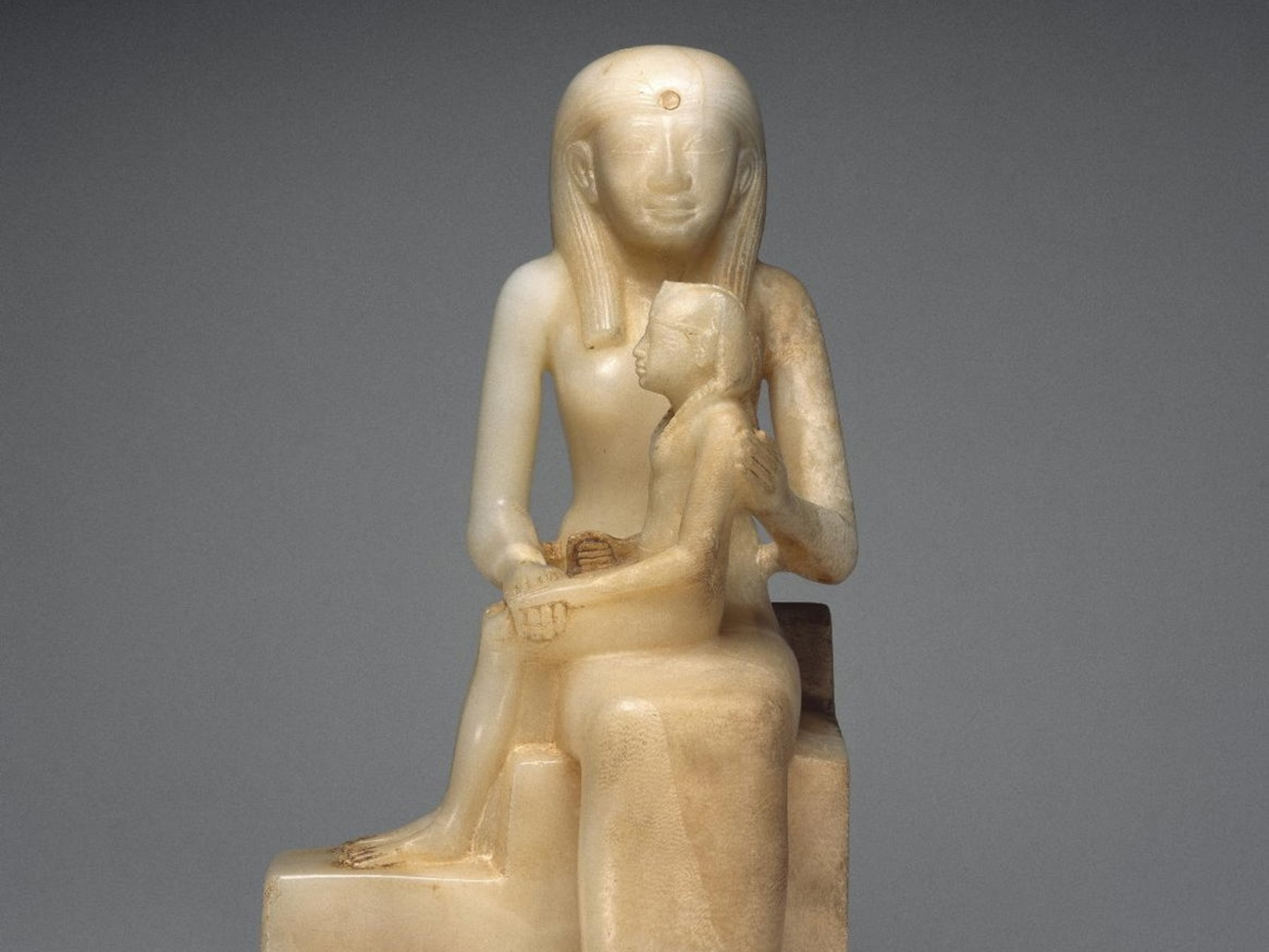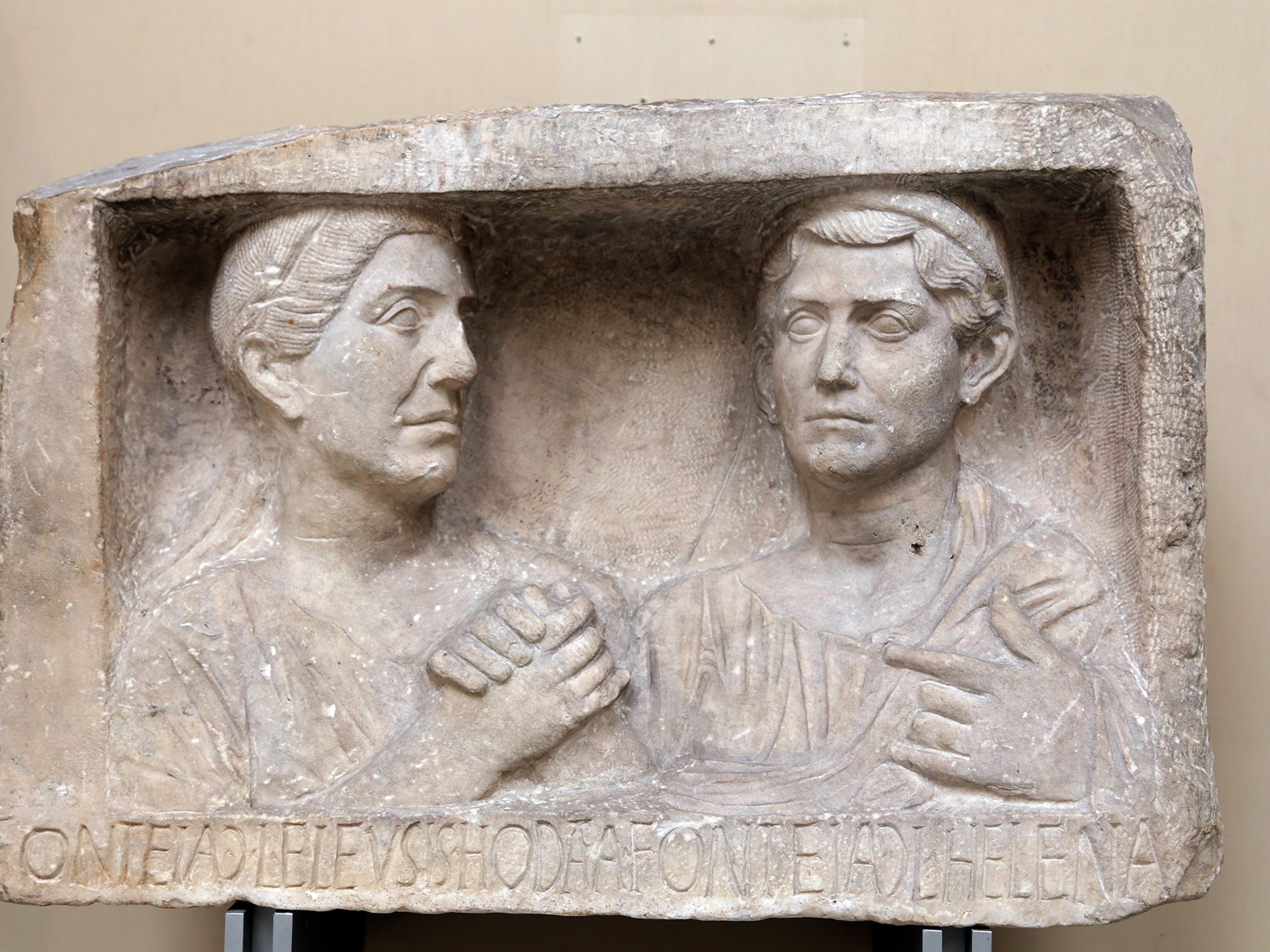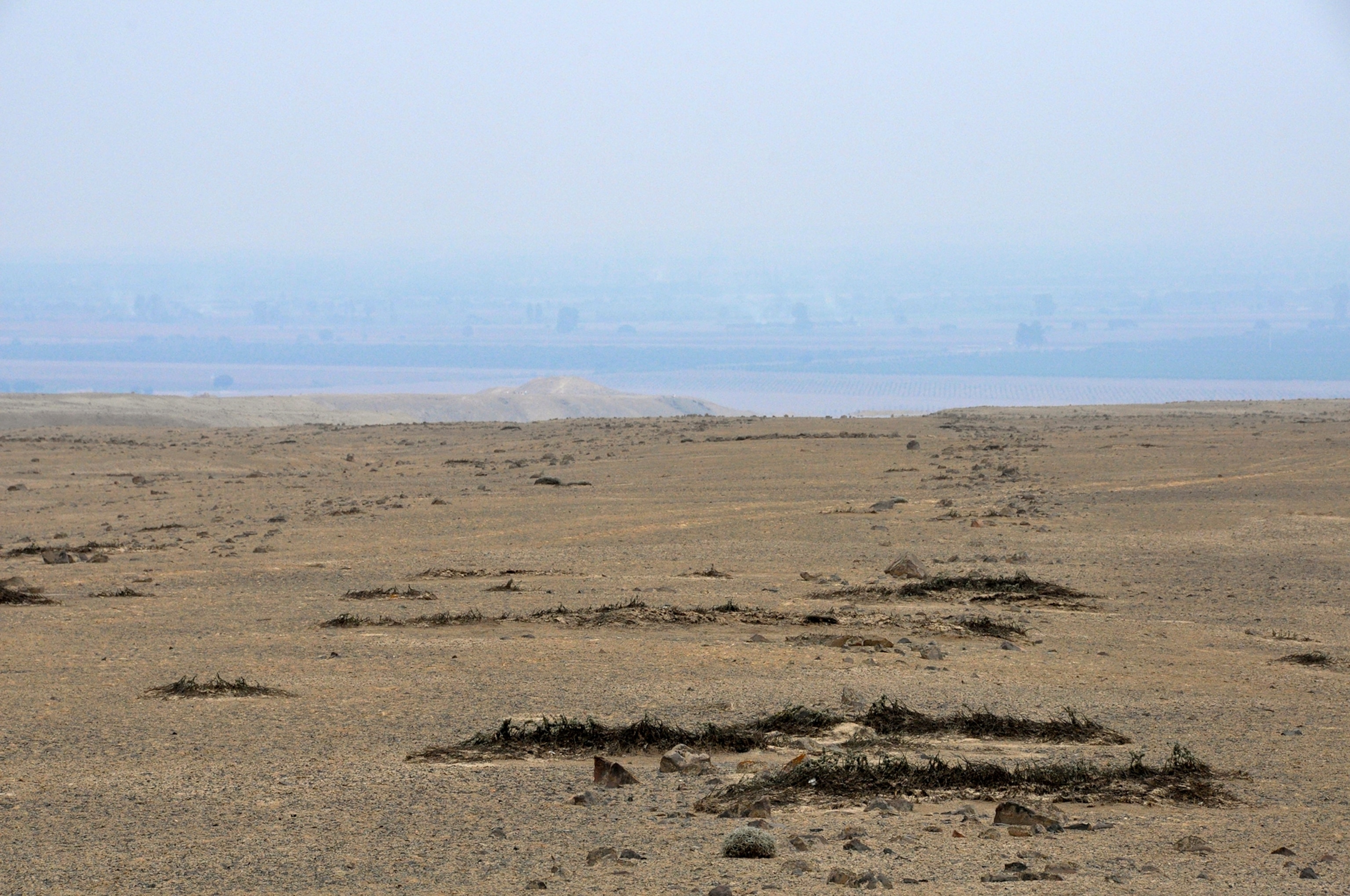
Andean Rock Art Pointed to Festival Sites in 300 B.C.
Human-made rock formations in Peru are older than famed Nasca lines.
Ancient residents of Peru laid down lines of rocks in the coastal desert that may have pointed to the sites of trade fairs, a new study suggests. The features date to around 300 B.C., centuries ahead of the famed Nasca lines. (Related: "Spirits in the Sands.")
The Paracas people of southern Peru were some of the earliest settled villagers on the Andean coast. They're known for building two striking features: ceremonial mounds near their homes on the coast and lines of piled rock, or geoglyphs, in the overlooking highlands. Some of the lines stretch for more than 1.9 miles (3 kilometers).
Other ancient Andean cultures, most famously the Nasca farther south, also built sizable geoglyphs. The Proceedings of the National Academy of Sciences report, co-authored by Charles Stanish of the University of California, Los Angeles, offers a new explanation for the lines. (See: "Nasca Lines: Decoded.")
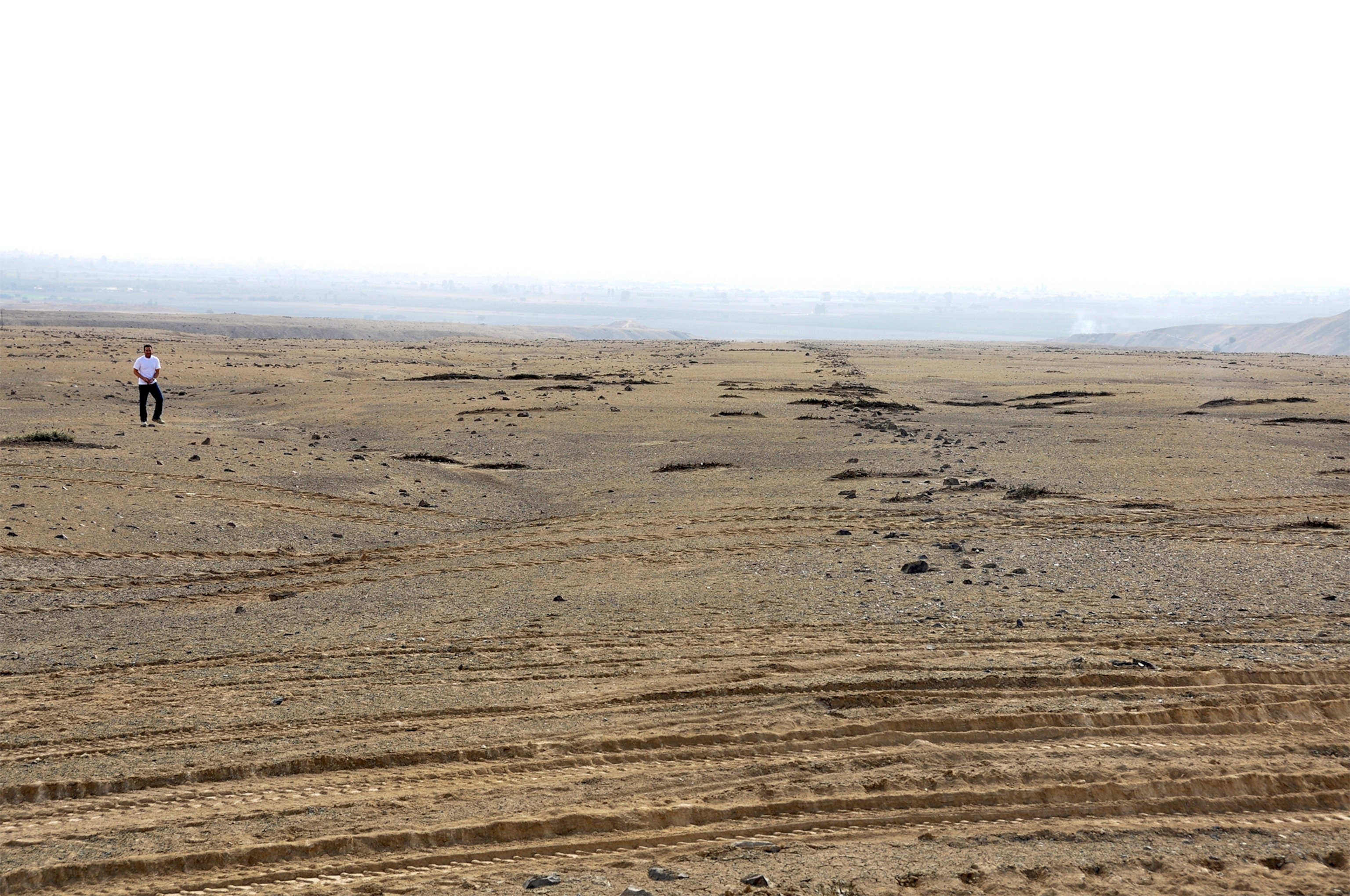
"If you want people to come to your trade fair, you have to point the way," Stanish says. "These lines point straight to the ceremonial mounds on the coast where people could trade."
Finding a straightforward explanation for the geoglyphs "finally [gets] rid of the esoteric aura which surrounded the 'Nasca Lines' in public perception during much of the last century," says environmental historian Ingmar Unkel of Germany's Kiel University.
Rather than making ancient people mystical, the study—partly funded by the National Geographic Society—points to more concrete explanations for creating rock lines in the middle of nowhere.
Location, Location, Location
The study researchers mapped 71 lines in a 15-square-mile (40 square kilometers) area. The lines were located more than 12 miles (about 20 kilometers) from the coast of southern Peru's Chincha Valley, midway between coastal and highland settlements.
The lines point to five ceremonial mounds, in some cases aligned in directions that marked the winter solstice in June, a likely festival time. "They were meant to be seen from above," Stanish says.
Excavated pottery and radiocarbon dating from three of those coastal mounds suggest these sites were in business at least 2,300 years ago.
That means the Paracas lines may pre-date the famed (and more elaborate) Nasca lines, which were scraped into desert stone in the Andes—"pushing the use of these lines back about 200 years," according to Stanish.
The coastal ceremonial centers were advertising their existence to traders or pilgrims from Peru's highlands, he believes. The Paracas people built ever-longer geoglyphs as a competitive way to mark the way to the biggest market.
Unkel, however, is more cautious: "It is also possible that the Chinca lines are younger and were constructed after the platforms."
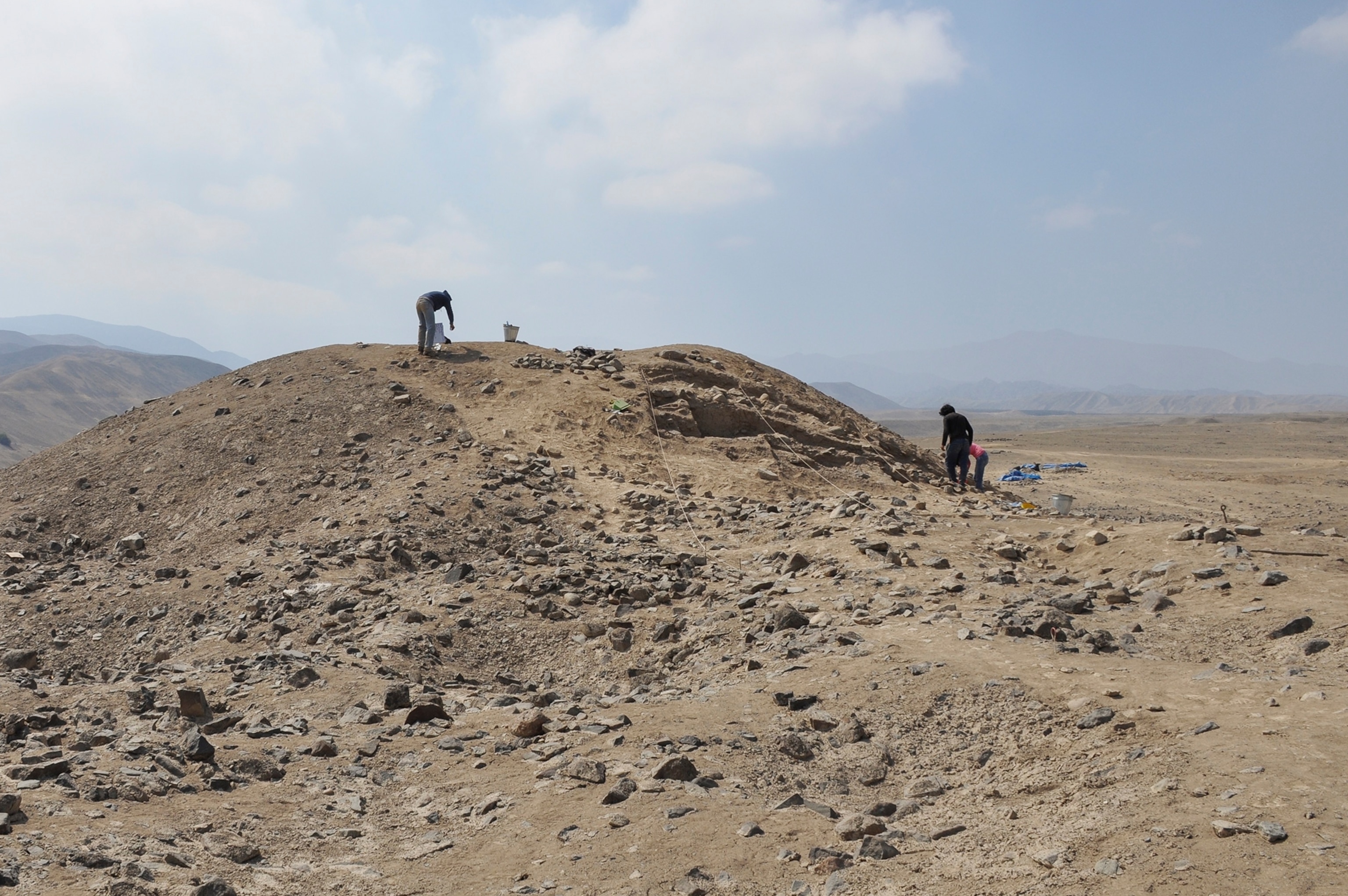
Chariots of the Gourds
The Paracas culture seems to have collapsed around 100 B.C., while the Nasca flourished roughly from A.D. 100 to 600. That makes connecting the use of geoglyphs between the two cultures "a tough question," Stanish says.
But while the study authors see a distinction between the Paracas geoglyphs and the later Nasca lines—famed for animal shapes and human figures, as well as the attentions of 20th-century UFO aficionado Erich von Däniken—Unkel points to other studies showing more of an overlap in dating between the Paracas and early Nasca geoglyphs.
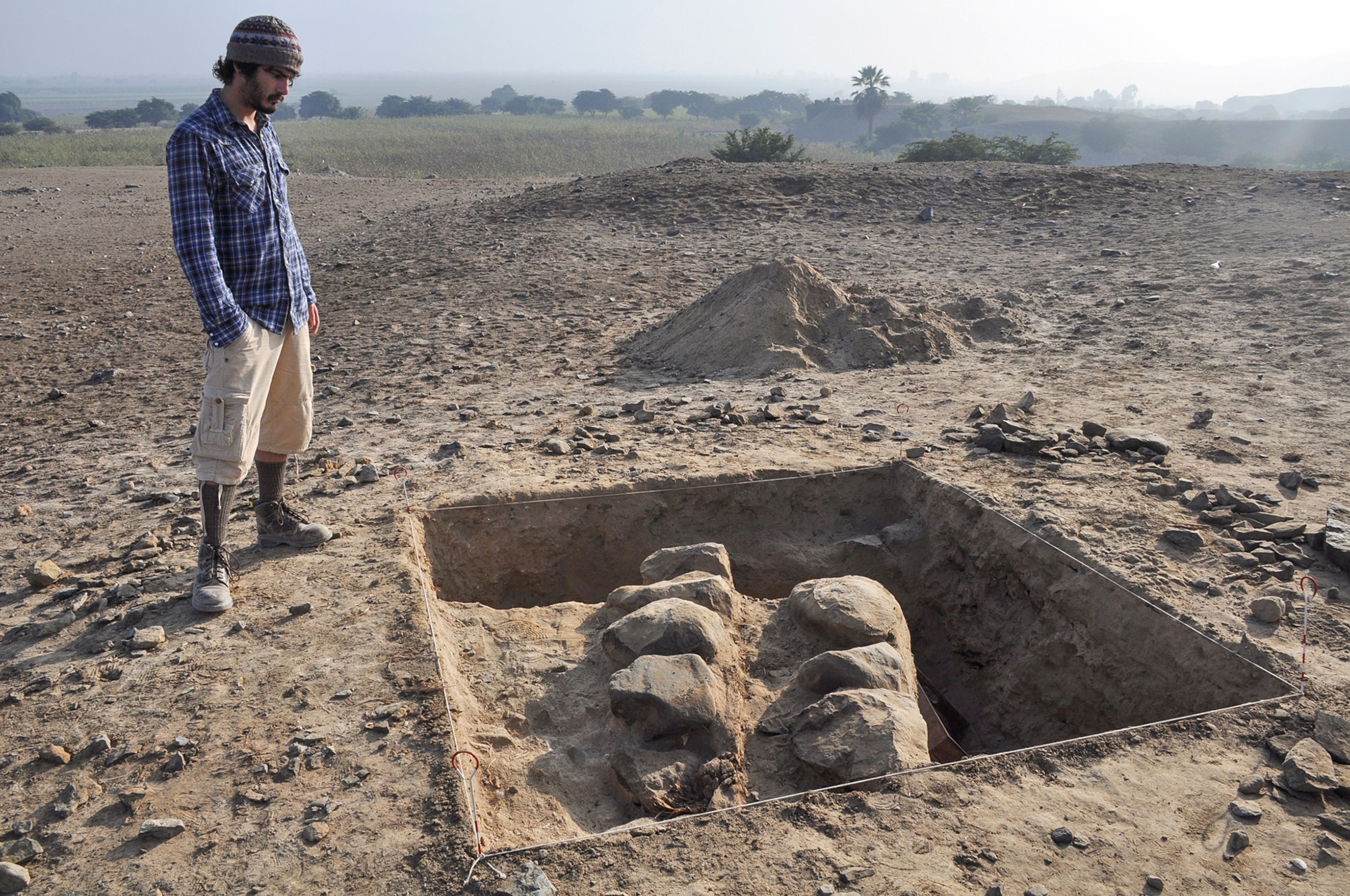
Also, the study authors see "little doubt" that the June solstice served as a festive moment for Andean people; the sunset's position on the solstice was marked by towers in northern Peru dating to about the time of the Paracas and by stone pillars built by the Incas.
Unkel offers some caution on this score as well. "The leaders of all ancient societies that I know have put their efforts on predicting the arrival of the rain," he says. "I would assume that the determination of the summer solstice [December in the Southern Hemisphere] would be of higher importance, announcing the arrival of new water."
A technology called luminescence dating may settle the age of the Paracas geoglyphs once and for all, he adds. Until then, scholars can argue the details, and "that is what keeps research in Peru for all of us exciting."
Follow Dan Vergano on Twitter.

